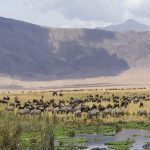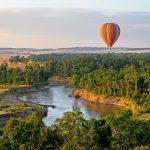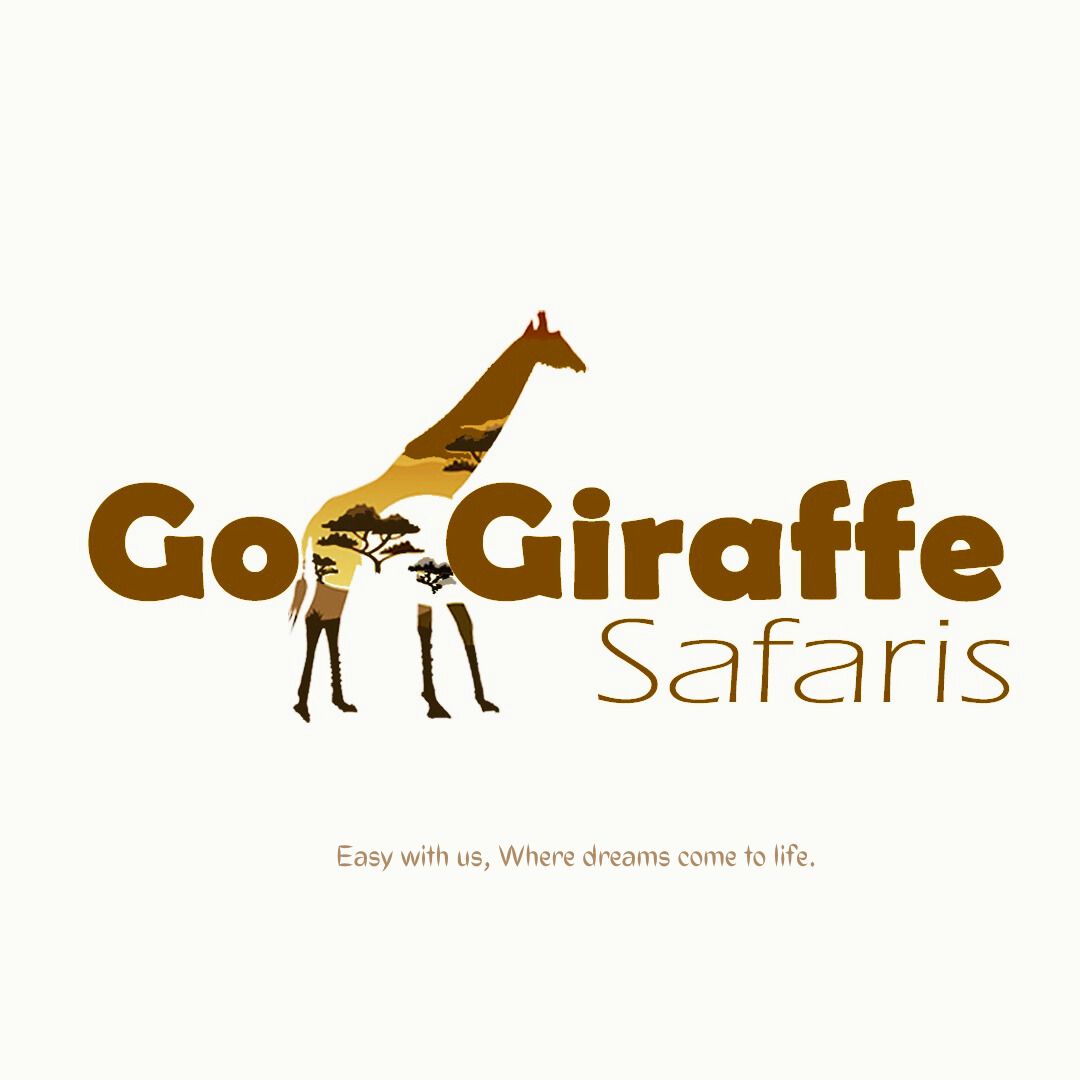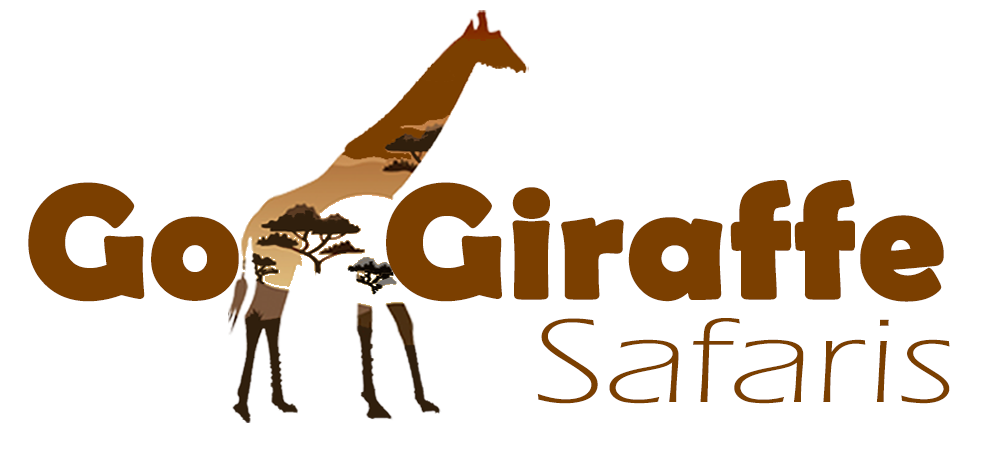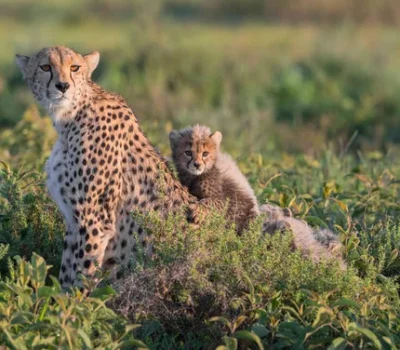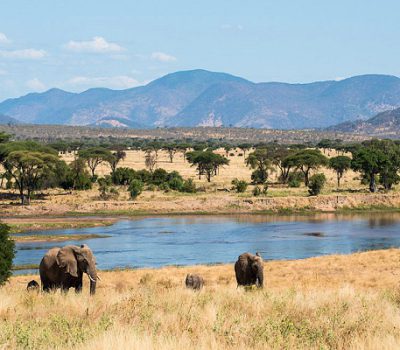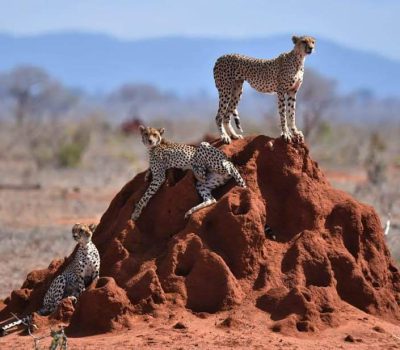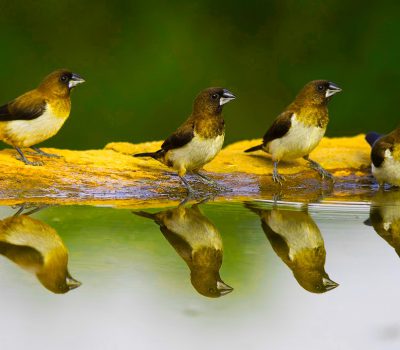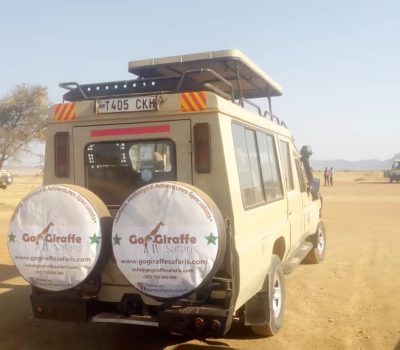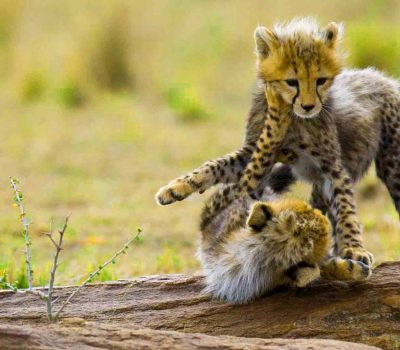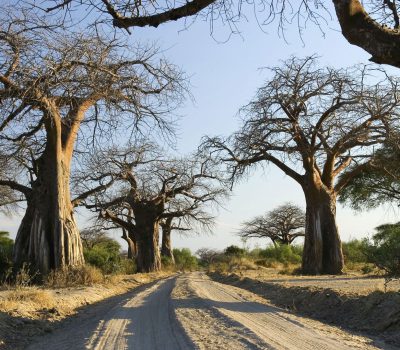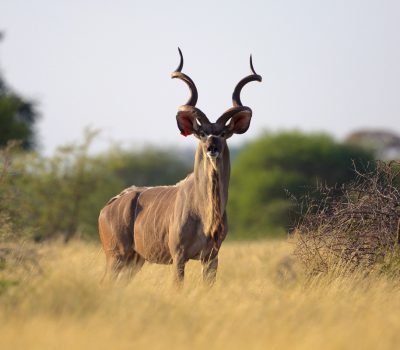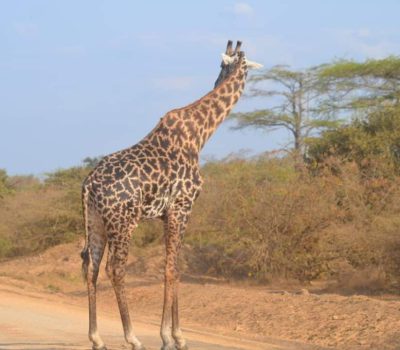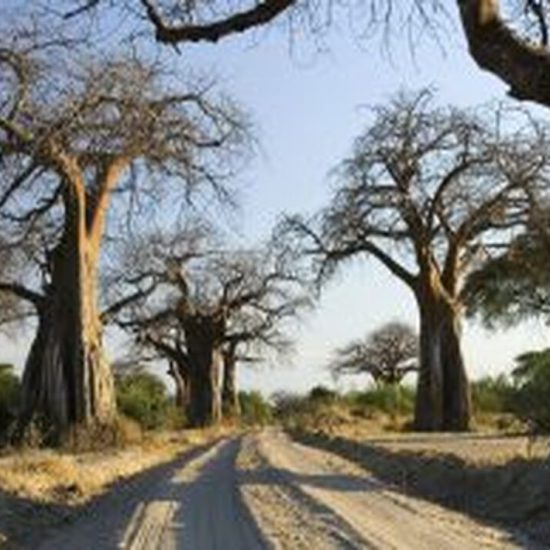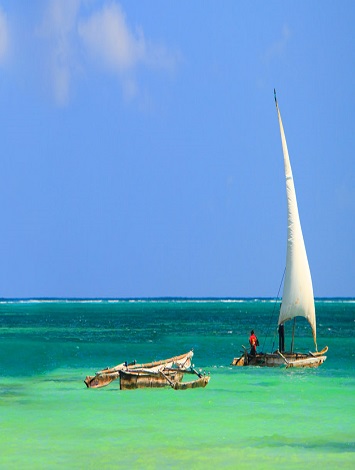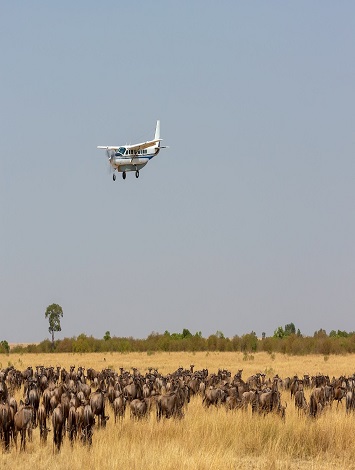Ruaha National Park
Ruaha National Park is one of the few Tanzania’s famous wilderness areas where one can have a rare experience of game viewing spiced up by the attractive landscape. The Park is rich of plants and animals such as Greater Kudu (Tragelaphus strepsiceros), which cannot be found in any other national park. The Park boasts of her almost untouched and unexplored ecosystem, making visitors’ safari experience very unique.
Ruaha National is the biggest National Park in Tanzania, the name Great Ruaha River as other rivers like Mwagusi, Jongomero and Mzombe save as the life line of the park. During dry season, these rivers become mostly the main source of water for wildlife. There are few natural springs saving the same purpose.
Situated right in the heart of Tanzania Ruaha National Park is one of Tanzania’s best-kept secrets covering more than 20,226km² Ruaha National Park is one of the largest parks of the country. The name of the park came from the Great Ruaha River, which flows along its south-eastern margin at the Ruaha Region, which is surrounded by many reserved areas and National Park
It’s one of the few places where you can see greater and lesser kudu together, as a less crowded and has a staggering amount of unspoiled wilderness, with more than 10% of the world’s remaining lion population. The Park is considered as the “heaven of the predators” which is home to a good population of lions, leopards, cheetahs, African wild dogs, jackal, spotted hyena and other smaller predators. And the diverse number of animals ‘wild bull, reedbuck, and waterbuckare spotted in the Parks. The crocodile, hippo and clawless otter can be found in the water and on the banks of the Ruaha
Diversified habitats and landscapes make the park an iconic attraction of Tanzania. A large number of lions and over 10,000 elephants can be spotted at the national park.
Incredible birdwatching with over 500 species.
The Park has two (2) airstrips Msembe, and Jongomeru Airstrip
BEST TIME TO VISIT
- May to October, wildlife viewing is easier since the bush thins out and animals gather around rivers and waterholes, skies are bright with almost no rain
- January to April, The scenery is green and full, it’s time for migrating birds means bird-watching is at its finest and it fewer crowds.
WHAT TO DO
- Wildlife Safari
- Birding Safari
- Walking Safari
- Culture tour around village
- Budget and Luxury Safari
- Historical and culture sites
- Hot air Balloon Safari Experience
- Night game drive
GETTING THERE
Safaris to Ruaha usually start from Dar es Salaam, and your point of entry for the country will be Julius Nyerere International Airport (DAR), Zanzibar international airport (ZNZ) or Kilimanjaro international airport (JRO). The Park is accessible by
- By road from Dar es Salaam airport to Ruaha which takes about 10 hours in a dusty and bumpy road. Also from near regional Dodoma, Iringa, Mbeya
- By chartered or scheduled flight from Dar es Salaam, Arusha or Zanzibar to the park’s airstrip or Iringa airport. There are also flights connecting all parks of the southern circuit safari. Direct flight from Serengeti
ACCOMMODATIONS
- There are quite a good number of accommodations available inside and outside of the national park for both the luxury traveller and budget travellers. There are park and privately owned facilities
- Park facilities includes, RuahaSelf catering tourist bandas, Special and public camping sites, Rest house, Hostel for school groups, Family cottage
- Private facilities. Inside the parkthere several semi- luxury and luxury tented camps and lodge. And also several budget to semi-luxury lodge and camps just outside the Ruaha National Park.
